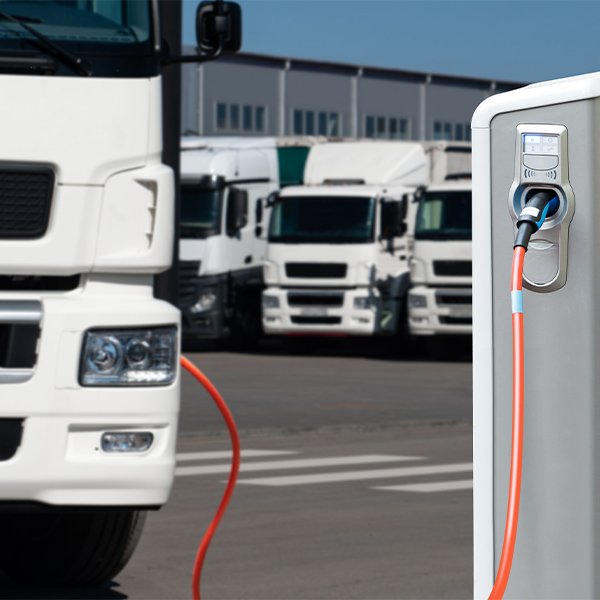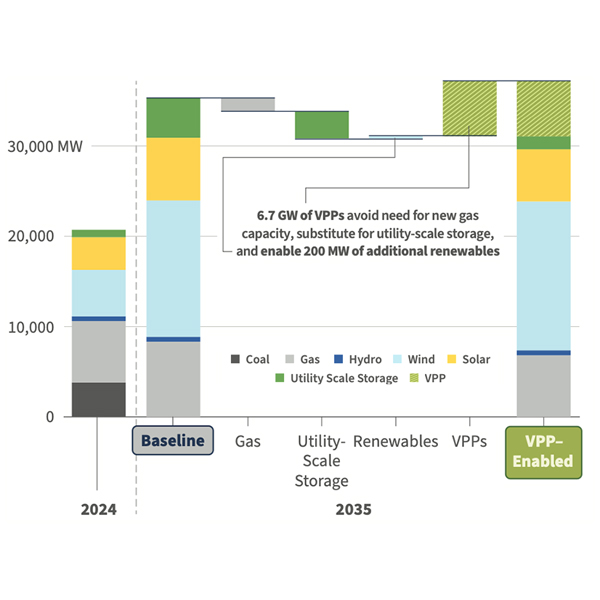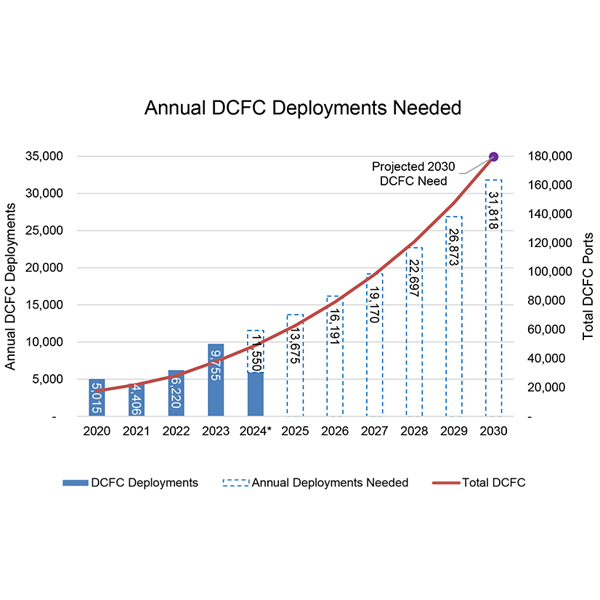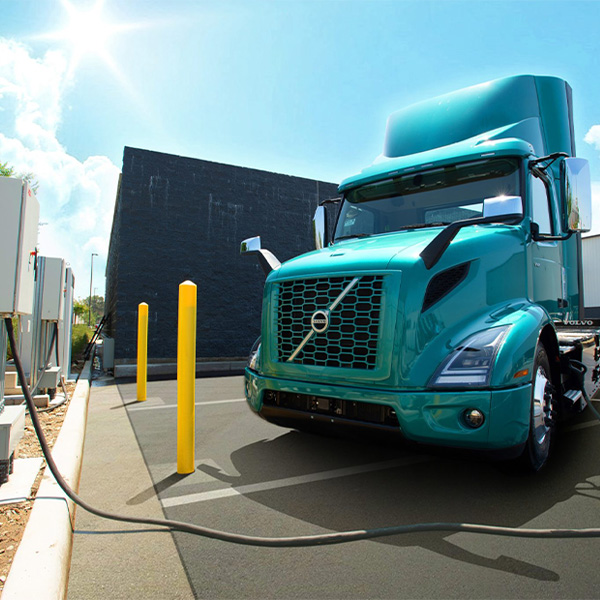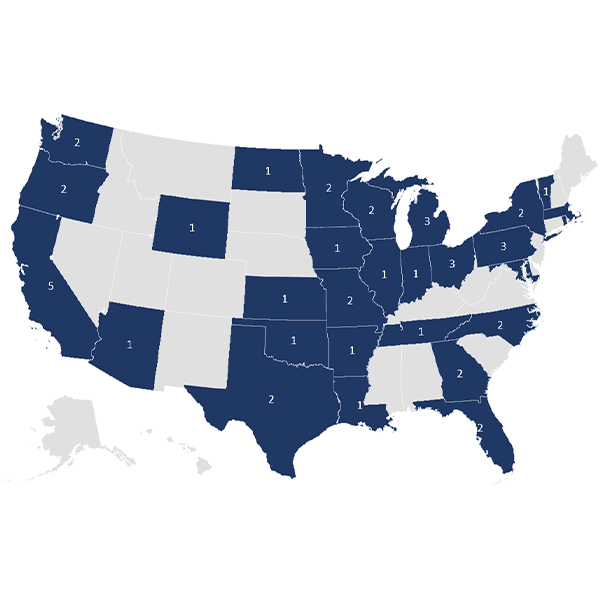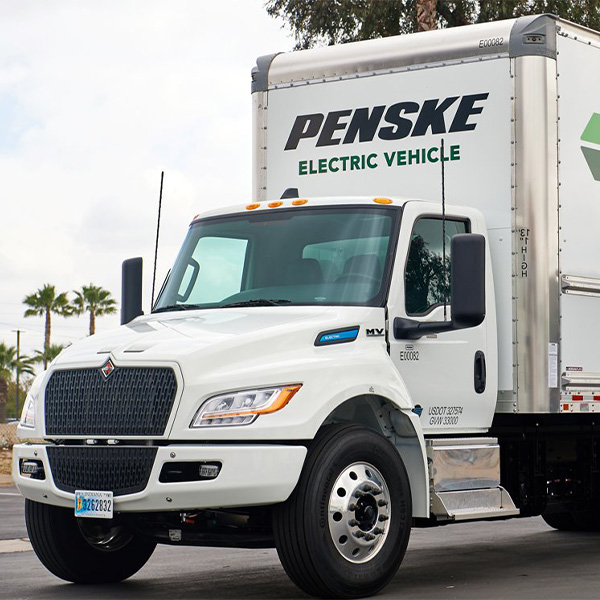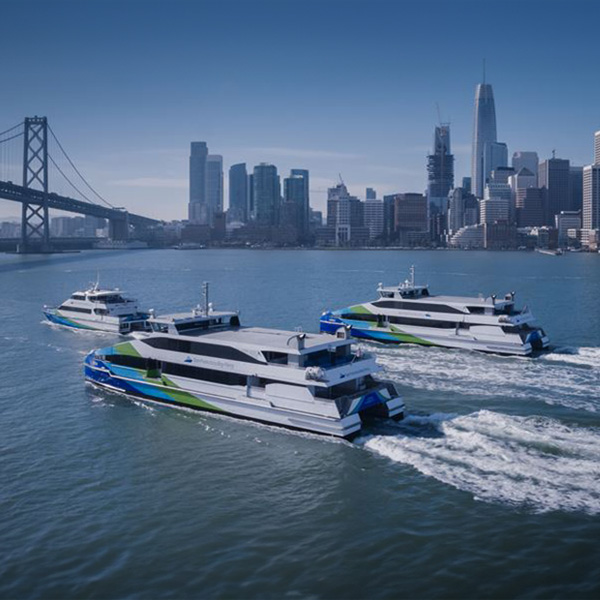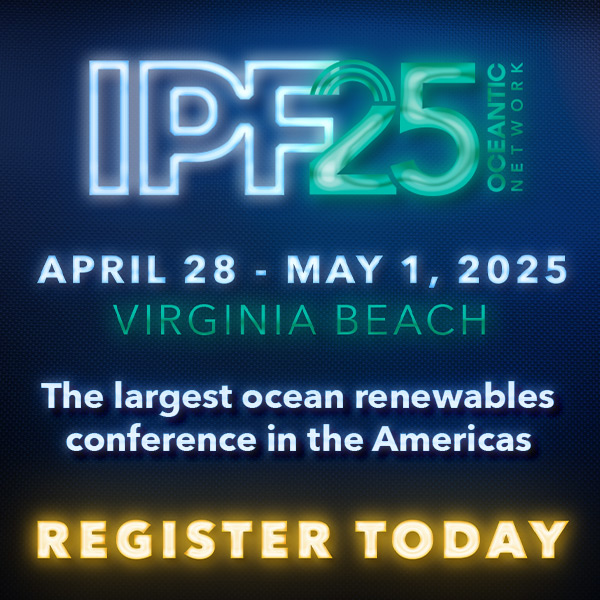EV chargers
The New Jersey Board of Public Utilities adopted minimum filing requirements that allow utilities to propose programs to promote the development of medium- and heavy-duty electric vehicle chargers.
The Clean Corridor Project will install 167 medium- and heavy-duty truck charging ports on the New Jersey Turnpike and could help alleviate trucker concerns about range.
Virtual power plants can help the power grid deal with some of its most pressing issues, such as meeting rising demand and helping to integrate more renewables affordably.
Both D.C. and Maryland have been working on rules to encourage and accelerate the installation of EV chargers, especially at multiunit dwellings and in low-income neighborhoods, as EV sales continue to grow steadily.
The Edison Electric Institute has ratcheted up its projections of U.S. electric vehicle adoption, and with it the number of charging ports and grid upgrades that will be needed.
The bills signed by the California governor cover rules around transmission approval, GETs, grid reliability standards and bi-directional EV charging.
The New Jersey Assembly Transportation and Independent Authorities Committee advanced legislation that would require utilities to submit tariffs for commercial direct current fast chargers (DCFCs) and limit their ability to set their rates based on peak demand.
The Federal Highway Administration’s CFI grants are spread across 29 states, the District of Columbia and eight tribal communities.
California ZEV infrastructure projects are receiving $150 million in federal funding, including $102 million for a tri-state charging network for medium- and heavy-duty trucks.
The California Energy Commission award was among $87M provided for medium- and heavy-duty ZEV chargers.
Want more? Advanced Search
